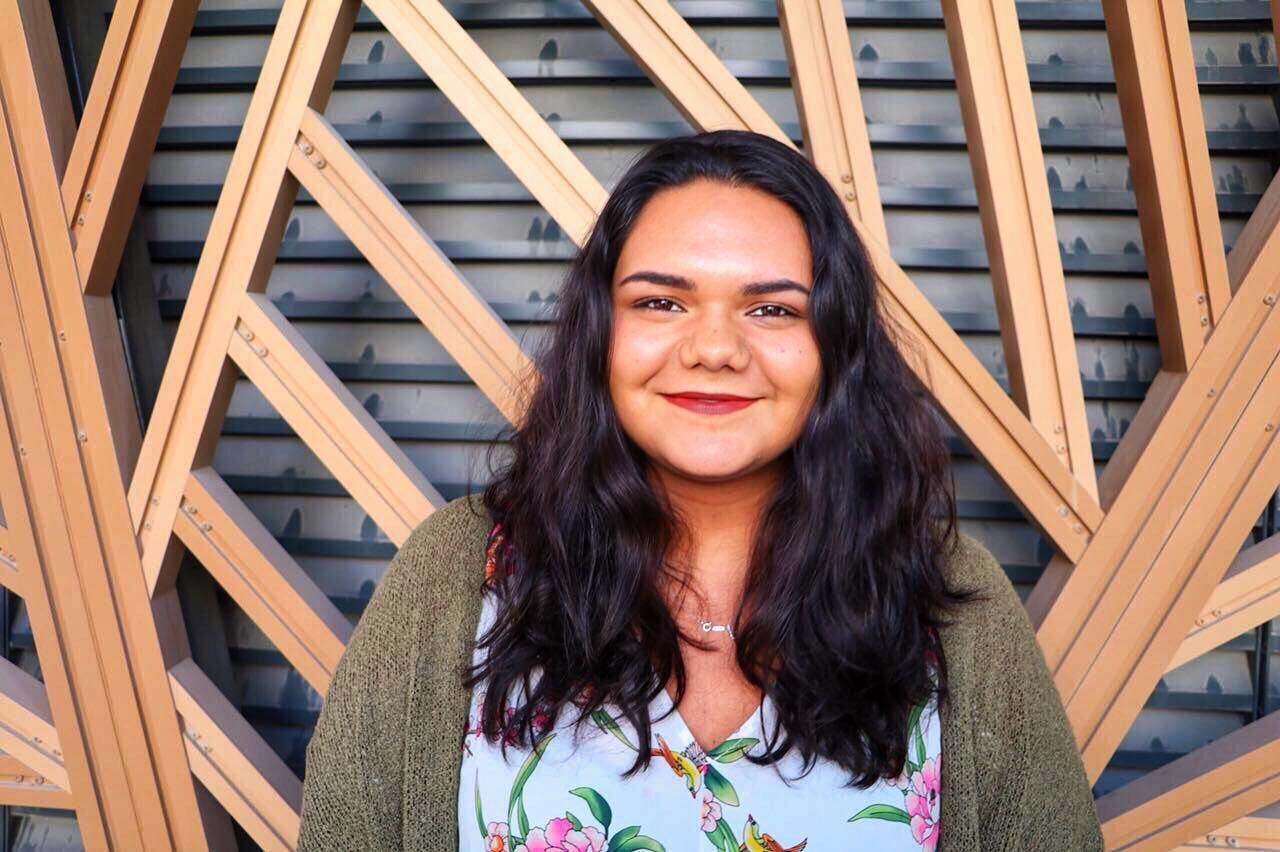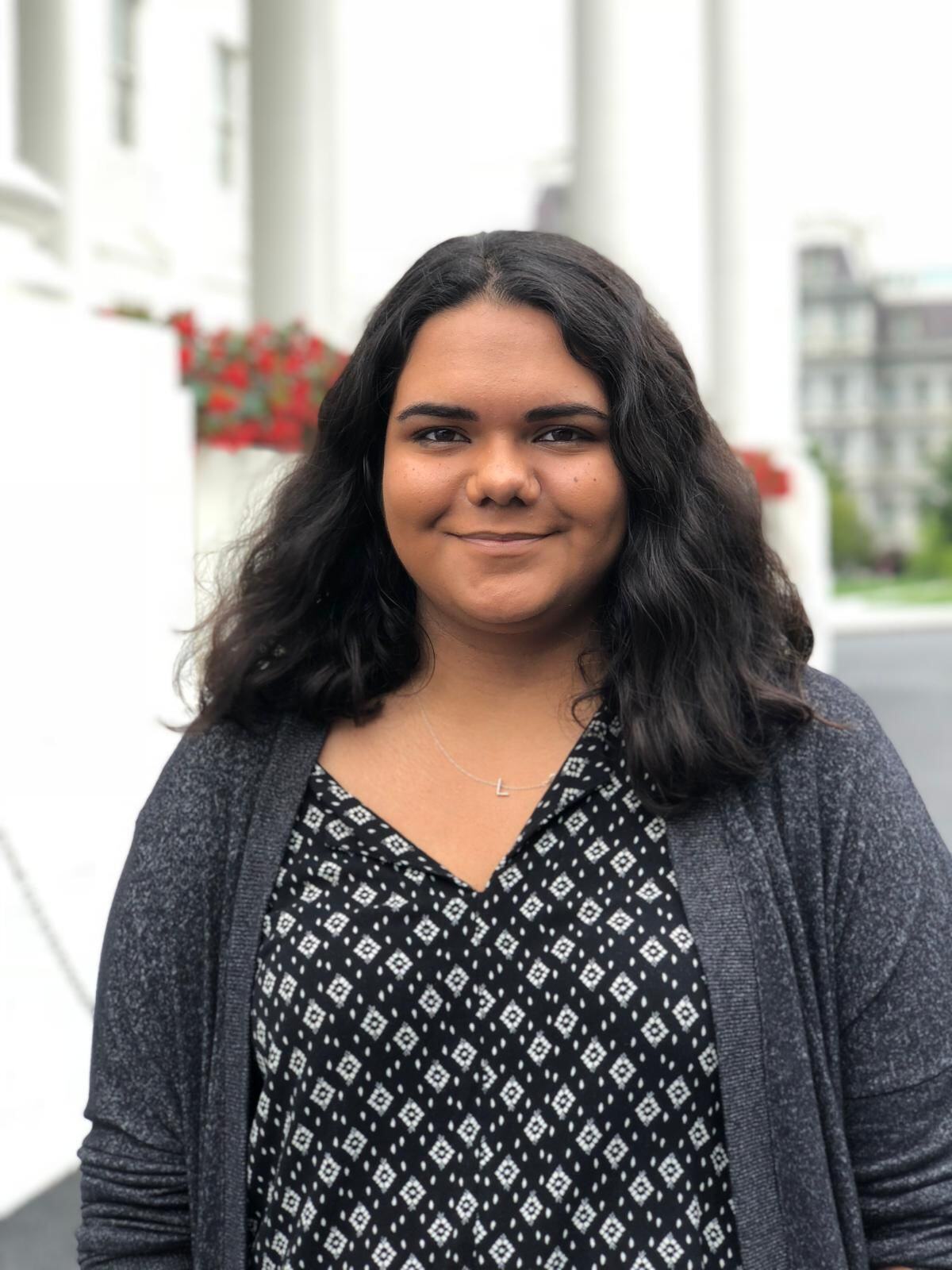Inequities in the U.S. education system affect millions of students, especially youth from Black, Latinx, low-income, Indigenous, and immigrant families. For Laura Assanmal Peláez, a PhD candidate at NYU Steinhardt, these disparities are a reality she’s seen firsthand in her work with students from the Bronx to Brooklyn.

Laura’s experience witnessing these disparities inspired the Triunfa Project, a nonprofit she plans to launch after graduation. While the project is still in the early planning stages, Laura’s vision is clear: an organization focused on closing the opportunity gap for at-risk youth through research, data, and culturally-relevant programs.
Planning data-driven reforms
The Triunfa Project isn’t yet operational, but Laura already has a clear roadmap for her approach. One of the core principles is using data to determine which interventions are most effective for youth from underserved communities.

Through her work as part of research led by the RAND Corporation, funded by the Gates Foundation and in collaboration with the NYU Metro Center, Laura has learned how important it is to base education policy on research and qualitative and statistical analysis. “A lot of traditional approaches to education don’t work for everyone,” Laura says. “But by looking at the data, we can see what really helps marginalized youth thrive.”
Laura’s involvement in large-scale evaluation projects, including those funded by the Gates Foundation and the Wallace Foundation, has helped her gain a deeper understanding of what practices effectively support youth in public schools across the country. “Conventional wisdom often suggests what would be best for marginalized students, but I’ve learned to ask: What does the data actually say about what is causing absenteeism, school drop-out rates, and contributing to a racial achievement gap?”
What will set the Triunfa Project apart is its ongoing commitment to evaluating and improving programs through data-driven analysis. Laura’s has the vision that the project adapts on the basis of what really works. “We can’t stick with outdated methods that aren’t proving to be effective anymore,” she explains. “If we want to have a lasting impact, we must keep learning from the sourced data and refine the approaches based on the go.”
Realistically making her dreams into a reality
Laura acknowledges that building an organization like the Triunfa Project takes time and resources, but her determination to create systemic change is stronger than ever. “We can’t wait for the system to reform itself,” she says. “We need to actively work on solutions that are grounded in the experiences of the people most affected by these inequities.”
Her ambition for the Triunfa Project goes beyond a local initiative. She sees it as a blueprint for other cities across the United States facing similar challenges. She hopes the project can serve as a model for educational organizations working with historically excluded youth, with data and research at its core.

Research as a basis for reform
One of the most important aspects of Laura’s vision is that the Triunfa Project isn’t a temporary fix. She wants it to contribute to long-term reforms in the education system. Research shows that investing in education in marginalized neighborhoods not only improves students’ academic performance but also leads to a generally better economic prospects for entire communities. This kind of data supports Laura’s belief that education can be a powerful tool for social mobility.
“In an ideal world, education is seen as more than just knowledge transfer,” she explains. “Education can be liberatory and transformational. Schools have also historically served as social safety nets that can help young people break the cycle of poverty and even homelessness. But in order to live up that ideal, we need to be willing to have difficult conversations about our education system’s unfulfilled promises of funding equality and integration, and make systemic changes.”
“In the words of Gloria Ladson-Billings, a scholar I admire,” Laura shares, “What would it mean to collectively shift from thinking from centering “racial achievement gaps” and even “opportunity creation”, and instead think about “educational debt”, and what we owe marginalized youth in the United States?. The concept of “educational debt” was introduced by Ladson-Billings during her time as the President of the American Educational Research Association, and calls upon researchers and policy-makers to shift their focus to the historic, economic, sociopolitical and moral foundations of the uneven educational outcomes we witness among students of color.

A project that is set to have a great impact
The Triunfa Project is still in its early stages of development, but that doesn’t keep Laura from thinking about the future. She wants the project to not only make a difference in the lives of individual students, but also to help reform broader education systems. Her dream is to close the opportunity gap for historically marginalized youth through an organization that is both research-based and engages in culturally relevant on-the-ground work with young people.
“I’m proud of where I come from,” Laura says. “My upbringing in Honduras shaped me and strengthened my belief in what schools can be for vulnerable youth. Research needs to leave the ivory towers of academia and have a tangible impact on policy and practice.”
With her academic expertise and experience working with policymakers and marginalized students, Laura is well-positioned to make these changes happen after she graduates. The Triunfa Project has the potential to be a powerful catalyst for reform in American education, using data and research to improve the lives of thousands of young people.







